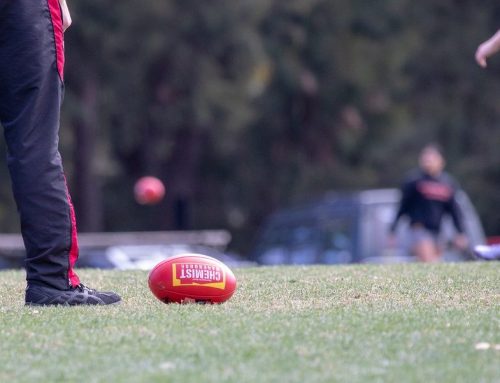Recently a patient presented at our clinic with tennis elbow, also known as lateral epicondylitis. Tennis elbow is an inflammatory condition located at the elbow, specifically where the extensor muscles of the hand and forearm originate. The patient complained of pain and tenderness in the back of the forearm, being most prominent at the elbow. They went on to explain that they had trouble gripping items, turning door handles and it became more painful when they stretched the area; these symptoms were first noticed two weeks ago.
When the site of pain was palpated it was evident that there was inflammation over the tendon and muscle junction. I could feel warmth coming from the painful inflamed area, checking the surrounding muscles revealed there was tightness and a number of knots through the forearm and wrist extensors, on the back of the forearm.
In the initial myotherapy treatment the goal was to reduce pain and tenderness addressing the immediate symptoms that the patient was presenting with, ultimately providing them with some relief. This was achieved by massaging to reduce knots throughout the muscles that attach to the outside point on the elbow, the area where the pain was originating. The triceps muscle in the back of the upper arm is closely associated with pain and reduced movement at the elbow, massage will also be used through this area to reduce knots and tightness.
Dry needling would be used on the forearm muscles and over the painful site. It is an extremely effective method of reducing pain and any knots allowing us to penetrate the deep fibres of the muscles, initiate an increased healing rate and desensitise the area. I advised the patient to rest and ice the area over the next 4 days, and consult a GP for pain medication.
Over following sessions a similar treatment was utilised with the addition of some isometric (constant muscle contraction without movement) exercises and techniques to increase the strength of the forearm without re-aggravating the injury. The increase of strength to the area is important to prevent subsequent injury and gain a greater amount of strength than prior to the injury, as this level of strength was vulnerable to overload and injury. After three sessions the patient was completely relieved of all pain and soreness, they also had self-management tools and strength to avoid an injury like this reoccurring.
Jack Day – Elite Myotherapist
COOL TIP: Ice massage is a great thing that you can do at home between treatments for these kinds of injuries. Freezing a styrofoam cup half filled with water, then cutting off the bottom of the cup the ice will come out the bottom as you firmly hold the cup and massage the painful site and surrounding muscles.






